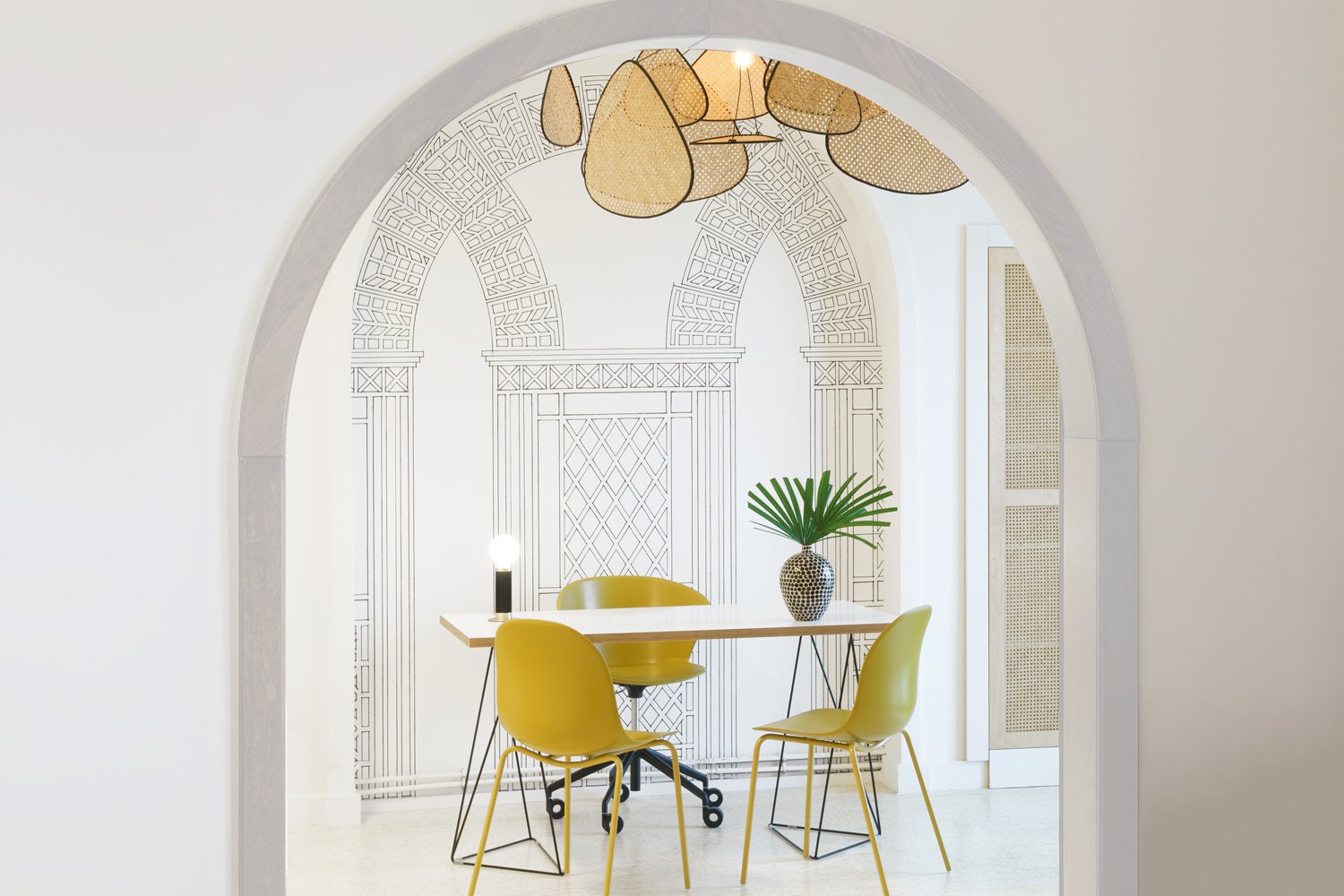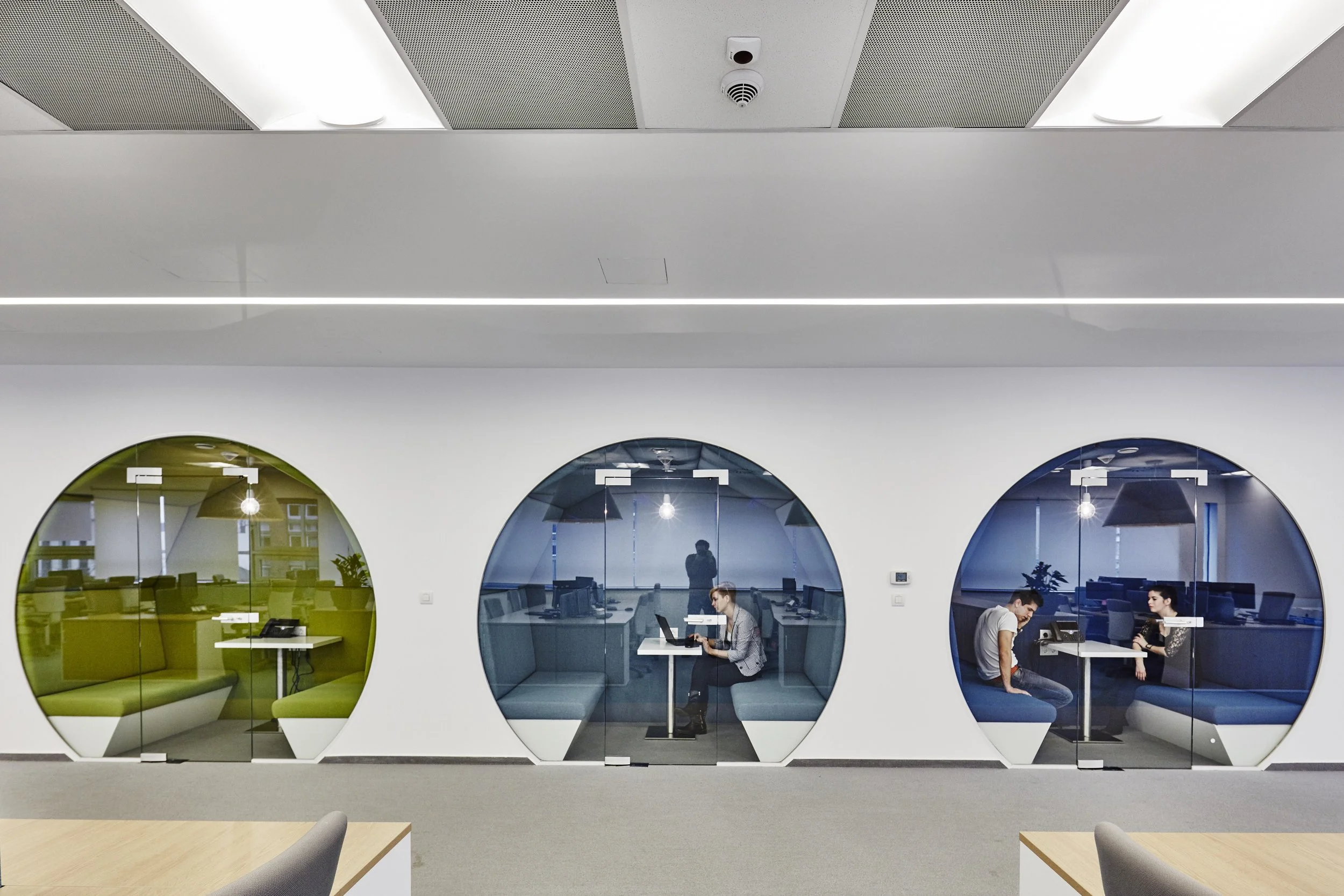Who Should Handle Colour in a Design Project?
Colour plays a fundamental role in interior spaces, influencing mood, perception, and the overall aesthetic of a project.
While both architects and interior designers work with colour, their approaches and levels of expertise in this area differ significantly.
Understanding who should take the lead on colour decisions is essential for achieving a cohesive and well-balanced design.
Interior Designers
Interior designers place a strong emphasis on colour psychology and how different shades affect emotions and spatial perception. They carefully consider how colours interact with one another, ensuring harmony between walls, furniture, textiles, and decorative elements. Interior designers also stay up to date with current trends, using their knowledge to create spaces that feel fresh, timeless, or intentionally on-trend, depending on the client’s vision.
Their expertise extends beyond aesthetics, as they understand how colour can influence the way a space feels—making it appear larger, cosier, more vibrant, or more subdued.
Architects
Architects, on the other hand, typically defer to interior designers or colour consultants when it comes to detailed colour choices for interior spaces. While some architects, particularly those specialising in residential or commercial interiors, develop a strong understanding of colour over time, their primary focus lies elsewhere.
Architectural education centres on structural design, materials, spatial organisation, and functionality. Although architects may receive some training in colour theory, their expertise is typically more technical, focusing on building codes, engineering principles, and construction methods rather than the psychological and aesthetic intricacies of colour selection.
In large architectural firms, colour selection is often the responsibility of the interior design team, as they have the specialised training needed to make informed decisions. If a project requires in-depth knowledge of colour psychology, palette coordination, and how different hues interact in a given space, an interior designer is usually the better choice. Their ability to integrate colour seamlessly with lighting, furniture, and materials ensures that the space not only looks visually appealing but also feels balanced and functional.
Collaboration
While architects and interior designers collaborate closely on many aspects of a project, colour is one area where interior designers often take the lead. Their expertise allows them to create spaces that evoke the right emotions, enhance spatial perception, and align with the overall design vision.
When colour is a critical element of a project, relying on an interior designer’s knowledge can make all the difference in achieving a space that is both aesthetically and emotionally impactful.
Discover more about I Love Colours Studio’s interior design services, and view our portfolio, to get a feel for what we do.




